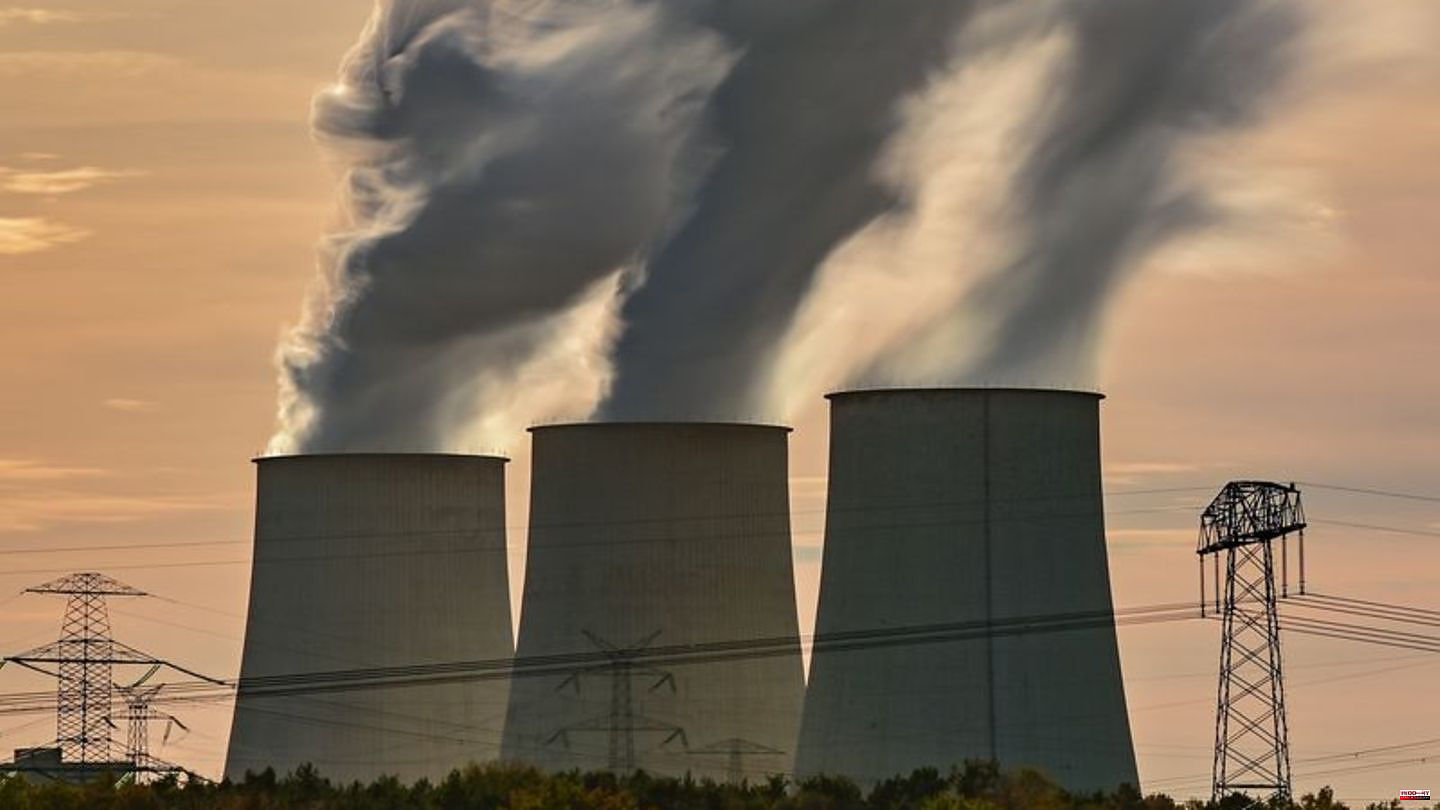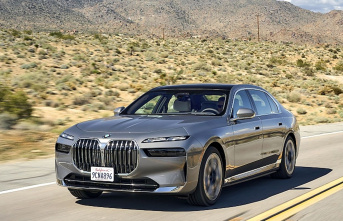Germany continues to rely primarily on coal for electricity production. In the third quarter of 2022, more than a third (36.3 percent) of the total amount of electricity generated in Germany, 118.1 billion kilowatt hours, came from fossil fuels, as calculated by the Federal Statistical Office. Compared to the same period last year, the amount of coal-fired power increased by 13.3 percent, the Wiesbaden authority announced on Wednesday.
Despite high gas prices, more natural gas was also used to generate electricity than a year before: Here the share increased by 4.5 percent to 9.2 percent of the electricity fed into the grid.
Share of nuclear power halved
Despite the increases in coal and natural gas, the total amount of electricity generated from conventional energy sources decreased in the period from July to September 2022 inclusive. Compared to the same quarter of the previous year, it fell by 3.0 percent to 55.6 percent of the amount of electricity fed into the grid.
The Federal Office explained this by saying that only a good half as much nuclear power was generated as a year earlier. Due to the decision to phase out nuclear power, three of the six nuclear power plants in Germany that were still running at the time were taken off the grid at the end of 2021.
According to the statisticians, renewable energies such as wind power, photovoltaics and biogas contributed 44.4 percent to domestic electricity generation in the third quarter. A year earlier, the proportion was slightly lower at 43 percent. An exceptionally large number of hours of sunshine in the current year have caused a sharp increase in electricity from photovoltaic systems, as the Federal Office explained.
The share of coal in power generation is also likely to be high in the fourth quarter. The reason is the return of coal-fired power plants from the supply reserve and the grid reserve. "The additional use of coal in the electricity sector is intended to reduce gas consumption in the electricity sector and thus save gas overall," the federal government explains the corresponding regulations.
Electricity exports increased
In the third quarter, two hard coal-fired power plants had already gone back on the market. According to the Federal Network Agency, a further 14 hard coal and lignite blocks were added by November 21, which would otherwise have gone into the reserve or remained in the reserve. These 16 blocks have a capacity of around 6900 megawatts. This corresponds to the output of around seven nuclear power plants.
As the Federal Statistical Office also reported, the amount of electricity imported fell in the third quarter compared to the same quarter of the previous year, while electricity exports increased. The decline of 88 percent in electricity imports from France was particularly clear. "This development can be attributed primarily to technical problems in the French nuclear power plants," it said. According to the Working Group on Energy Balances, 4.4 terawatt hours more electricity was exported to France in the first nine months of 2022 than was purchased from there. In 2021, Germany exported around 14 terawatt hours more electricity than it imported.







